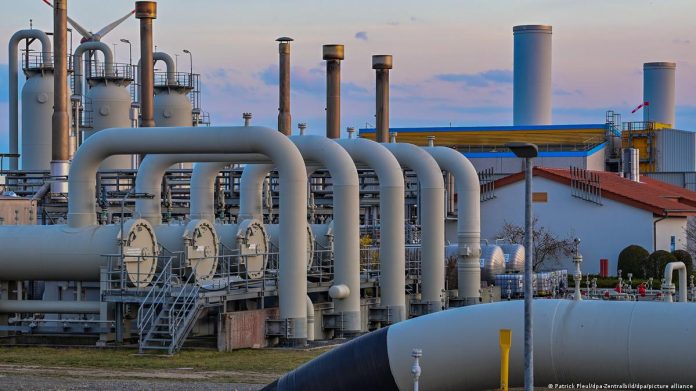Europe’s benchmark natural gas prices continued to rise early on Tuesday as weather forecasts suggest that most of northwest Europe, the biggest consumers of gas, will see a hotter-than-usual start to the summer, at least until the middle of July.
The front-month futures at the TTF hub, the benchmark for Europe’s gas trading, have risen in recent days, due to maintenance on Norway’s gas processing plants and some offshore gas fields, and this weekend’s brief revolt by the Wagner mercenary group in Russia.
As of 10:23 GMT on Tuesday, the Dutch TTF July contract had risen by 2.2% and traded at $35.75 (32.67 euros) per megawatt-hour (MWh), which was much higher than the 25 euros/MWh from three weeks ago.
As traders focus on the potential of higher demand due to hot weather, they are also pricing in ongoing supply disruptions from maintenance in Norway, which is currently the single biggest supplier of gas to Europe after Russia cut off most pipeline deliveries following the invasion of Ukraine.
Still, demand overall in Europe is subdued compared to the five-year average as economies slow down and industries haven’t switched to gas despite the much lower prices compared to the records seen last summer.
“The heat wave will increase electricity consumption this week, but Europe’s power demand remains subdued in 2023, despite lower prices,” BloombergNEF analysts wrote in a note earlier this week.
Gas storage sites across the EU were over 76% full as of June 25, according to data by Gas Infrastructure Europe.
“In the absence of any significant supply shocks, EU gas storage will hit the European Commission’s target of 90% full well before 1 November,” ING strategists Warren Patterson and Ewa Manthey said on Tuesday.
“This suggests that later in the summer we could see further pressure on prices and a deeper contango along the forward curve – there is already an almost €20/MWh contango between the August 2023 and December 2023 TTF contract.”



